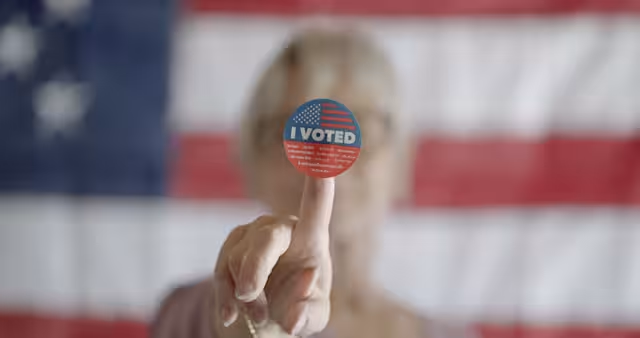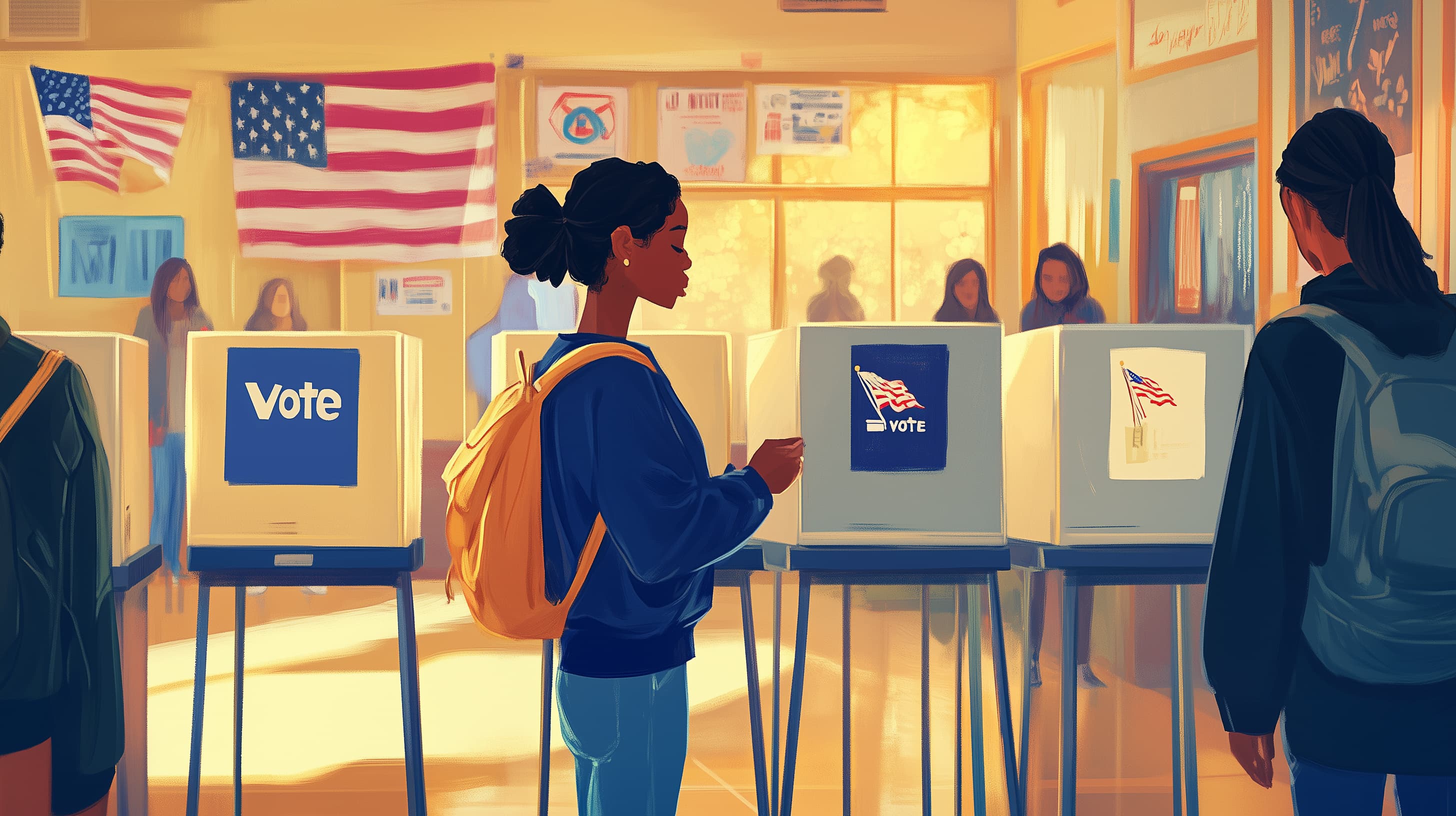How to Fight Back Against Voter Suppression
8 min

Table of Contents:
1. The Basics of Voter Suppression
2. The History of Voter Suppression
3. Voter Suppression Today
4. Take a Breath, Make a Plan
5. Get Up to Speed on GOTV for Candidates and Staffers
Suffrage, or the right to vote, is one of the most coveted rights we have as Americans – which might make it feel odd to consider that it’s still in danger. Then again, there was a time when the idea of the President of the United States accepting a personal jet from a foreign power, SCOTUS reconsidering birthright citizenship, or the modern day equivalent of shooting the messenger would’ve also seemed nuts. But those are now all reality. So let’s give it a go, shall we?
The Basics of Voter Suppression
We should know by now that even our hard won rights are never set in stone, and that includes suffrage. Voter suppression, which prevents Americans from exercising their right to vote and strips citizens of their legal rights, is an ongoing threat to our democracy. And the National Voter Registration Act, which finally helped simplify the voter registration process all of three decades ago, is no less vulnerable than a landmark decision like Roe, which we also once thought would never go away.
But in order to fight voter suppression, we need to know how it started and what it looks like today. And now is the time to do it. Why? Because there are no more “off-years” in our democracy. Elections happen every month, every year, nationwide. They tend to happen downballot, in small towns, and so they make few headlines. But they’re also the bedrock of our democracy that most often shape what communities feel on a daily basis.
Local zoning and easement laws, school board bond issues, restaurant tax rate hikes, water and conservation board rulings, traffic calming patterns... These issues might be far removed from Capitol Hill, but they are arguably more highly relevant to our daily lives. Local leadership often holds the line, and it’s why they’re often some of the first-hit targets of voter suppression.
Some of the most common voter suppression tactics you’ll likely come across are:
Changes to voter ID laws
Cuts to early voting
Systematic disenfranchisement
Purges of voter rolls
These tactics purposely deter eligible voters across the nation from exercising their constitutional right to vote. Most restrictive voting laws end up targeting minorities: Black voters, the elderly, students, and people with disabilities.
The History of Voter Suppression
It’s no surprise that the history of voter suppression is intertwined with the history of voting in the United States. After the Civil War, the 15th Amendment ratified in 1870, extended the right to vote regardless of race, color, or previous condition of servitude. On paper, the amendment ensured African American men’s right to vote.
But in 1877, a series of laws, known as the Jim Crow voting laws, were imposed to suppress the Black vote. These restrictions included discriminatory requirements to vote, like literacy tests and poll taxes. While the Voting Rights Act of 1965 repealed many of these Jim Crow voting laws, it did not end voter suppression.
Voter Suppression Today
Despite the progress we’ve made, voter suppression is still a serious concern that isn’t going away. Polling places are less accessible to people and the restrictive voter ID requirements are being put to their intended use – to lower vote counts. A study published by researchers from the University of California San Diego found that the impact of voter ID laws has affected voter turnout in Hispanic, Black, and mixed-race groups in both primary and general elections.
The SAVE ACT, a bill passed by the House and currently in the Senate, is a recent example of the voter suppression we’re facing today. The bill requires in-person proof of citizenship to register to vote and effectively ends registration by mail or online. Under this law, it would be increasingly difficult for anyone who has a legal name that differs from the one on their birth certificate to register to vote. Do the math: this mainly targets women who changed their last name after marriage – 69 million to be exact. Not to mention the toll on transgender Americans.

Take a Breath, Make a Plan
This is a lot to take in, so it’s important to pause for a moment. We can’t combat the problem when we’re too overwhelmed to think strategically.
There are steps we can take to fight voter suppression. Check out Fair Fight, The League Of Women Voters, and When We All Vote – all groups that are actively in the fight.
Side note, this is also why you should be patient with organizers and volunteers who ask you if you have a voting plan when fall comes around. It’s not an indirect way of asking you to vote. They want to help you get one step ahead of voter suppression.
They want to make sure you know how voter suppression could upend your plan to get to the polls and successfully cast your vote.
They want you to get to your polling station, locate the right documents and identification for when you get there, and frankly, think ahead to the possibilities of long lines or poor weather conditions. They want to make sure none of these gets you hit by a voter suppression curveball when you cast your ballot. Or in the case of vote-by-mail, making sure it’s not tossed out on a technicality that could’ve been prepared for.
Get Up to Speed on GOTV for Candidates and Staffers
Whether you’re running for office or working on a campaign, learning about state and federal voting rights is critical to your success. We run several trainings and courses that can help you safeguard your community’s right to vote – and help you get enough votes to win.
We recommend starting here:
GOTV – designed for candidates, campaign staff, and local leaders to develop methods that mobilize voters during GOTV.
Build a Vote-by-Mail Program for Your Campaign – which will help your campaign create and execute a vote-by-mail program while ensuring absentee ballots are counted by your state board of elections.
Running a Voter Registration Program – identify the voter registration laws specific to your district, and get your community registered to vote.
The Brennan Center For Justice, your state ACLU affiliate, and 866 Our Vote are also great resources to turn to. 866 Our Vote has an election protection hotline, where trained volunteers can be reached by call, text, Whatsapp, and Facebook Messenger.
Got a bit more time? Want to dig deeper? Check out:
Prepare Your Campaign For GOTV – a six-part lesson plan that will cover everything from how to use VoteBuilder for data management to figuring out who your voters are and developing your persuasion universe.


